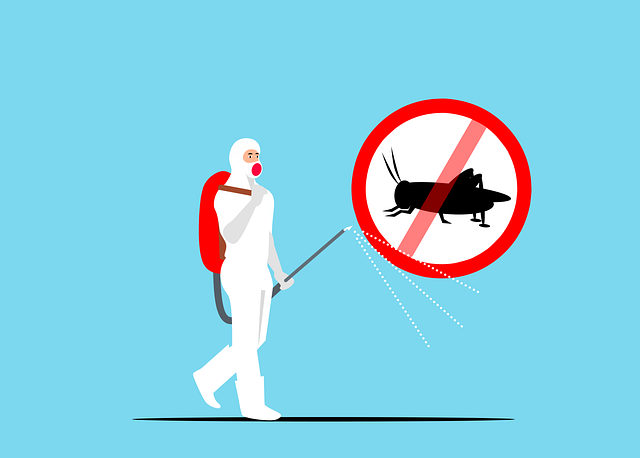Having a new born comes with alot of happiness, adorable moments but still have a fair share of its uncertainities and stress. One of the major uncertainities is wondring if you baby is feeding enough. Some mothers find themselves lacking enough milk or having a low milk supply. This can cause more stress to the mum. Below are some of the working tips that can help in bosting the milk supply.
Breastfeed as Often as Possible
The more frequent you empty your breasts, the more the supply of milk. You should keep breastfeeding the baby frequently, most preferably 8 to 10 sessions each day. Your body will use the signals from the baby to provide a matching supply of milk. Do not give the baby formula feeds or pacifiers since all these staff reduces the baby’s urge to breastfeed.
2. Pump After Feeding
Pumping after breastfeeding jumpstarts the body to produce more milk. It signals the body of the increased ‘demand’ thus asking it to match the supply. Ensure that the baby has taken enough milk before you start pumping. This is a very useful technique that many mothers recommend.
3. Eat Nutritious Foods Necessary For Milk Production
One of the best foods that has been in use for decades is fenugreek. Fenugreek is a herb that greatly increases the milk supply. It is usually in form of either capsules, droplets or tea. You should however, consult with your doctor before using any kind of supplement. You should also ensure you eat a balanced diet. Other foods recommended by most mothers and doctors for their ability to naturally increase milk include;
Dark-leafy vegetables such as spinach
Nuts and seeds
Oats and barley
Fruits such as avocado, coconut and berries
Chickpeas
Carrots
Sweet potatoes
Garlic, asparagus, apricots and almonds
You should make sure that each day you incorporate some of these foods in your diet. These grains, nuts, legumes, seeds and lentils provide the body with important minerals such as iron and calcium. These minerals are essential in milk synthesis. You should minimize the intake of processed foods, foods with a lot of saturated fat and aerated drinks.
4. Avoid a Lot of Stress
When a baby cries, they are not always crying for milk. There are many other reasons that make them cry and sometimes all they need is to be held and talked to. Do not start becoming worried about your milk supply. You should relax, especially since stress is one factor that contributes to reduced milk supply. You should also once in a while talk to experienced mothers about your progress.
5. Maintain a Skin Contact
The hormones prolactin and oxytocin in your body play a vital role in the milk synthesis and letdown. One important factor that can positively influence the working of these two hormones is the skin contact between the mother and the baby. Letting the baby lie on your chest while resting in the house will greatly boost the milk supply.
6. Avoid formula Feeds
Giving the baby a formula either as feed or top up will reduce the milk supply. This is because the baby’s milk demand goes down. When this happens, there will be no signals from the baby to your body to stimulate milk synthesis and let down. You should ensure that the baby spends most of its time on your breast. Long durations of breast feeding followed by pumping will increase your milk supply immensely.
7. Stay Hydrated by Drinking Fluids
If you constantly feel thirsty as a breastfeeding mother, you certainly are not doing your body justice. The body keeps losing a lot of fluids every single time you breastfeed. You should replace them to keep your body hydrated. Drinking water is the best and most natural method to stay hydrated. Keep a bottle of water at the place you most often feed the baby. You may add a fruit to improve on taste but no sugars, as in the case of sodas and juices. Some people even set reminders to ensure they do not forget to take water.
8. Applying Breast compression technique
This is a simple technique. You just squeeze the breasts gently during breastfeeding. This not only causes milk letdown but also increases the milk flow. It empties the synthesized milk and stimulates the production of more milk.
9. Empty Both Breasts in Each Feeding Session
You should let the baby breastfeed on both breasts during each feeding session until they are empty. This sends a signal of the high demand to the body, which reacts by producing more milk. Feeding them on one breast only or leaving partially full breasts indicate low demand and hence there is low milk supply as a result. You should also leave your breasts empty during pumping.
10. Rest
Most mothers tend to sacrifice themselves way too much. You will find them taking care of the baby and other toddlers, in laundry, before long she is in the kitchen and a lot of other staff. You should however take rests as exhaustion may affect the breast milk supply. Do not suffer in silence while wishing for someone to save you as this will affect even the baby.





